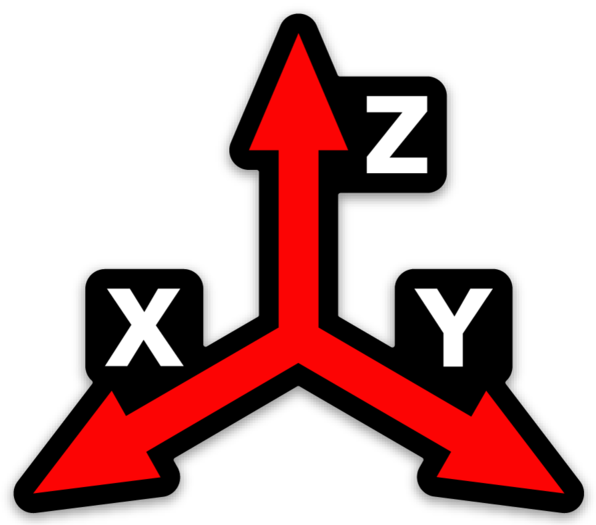Center of Mass
The center of mass is defined as the point on an object where its mass can be considered as concentrated, and the point on which the object balances.
Using a club as an example, if you held out your finger and found the place on the shaft where the club balances, you’ve found the rough location of the club’s center of mass. Each segment of your body—the segment between the shoulder and the elbow, the segment between the hip and the knee, etc.—has its own center of mass, too. And your body as a complete unit has its own composite center of mass.
One of the cool functions performed by my Jacobs 3D software is that it uses the data from a GEARS 3D motion capture to calculate those center of mass locations for the club, body segments and body as a whole. Without descending too much into swing-nerd territory, let’s talk about why that information is so useful and what it can tell you about your swing.
If you push an object at its center of mass, it will move in a straight line. But if you push it at a point away from its center of mass—like we do when we hold a club at the grip—it also produces rotation. Knowing how the club has rotation imposed upon it is the key to understanding how a swing works. The same holds true with the segments of your body, and the body as a whole. When you can identify what the body segments are doing relative to each other—how the centers of mass are moving during the swing motion—you can understand what actions are contributing to the swing motion and which ones are hindering it. Why do the swings of players like Ernie Els, Jon Rahm and Arnold Palmer all look so different, yet all produce quality shots? Understanding both the locations of those mass centers for those players and how they manage the movement of those mass centers is fundamental to understanding why swings work—and why they don’t. And nobody has ever had the ability to do that analysis until now. Jacobs 3D is the only system in the game that can accurately measure those relationships.
Here’s one super-oversimplified example of what I mean. Let’s talk about your takeaway. If you start your swing by sucking the club way inside—and not lifting the mass center enough—the club will stay too low and swing too far around you. This is a recipe for hooks and slices. The problem? Most solutions you hear for this issue focus on what to do in the downswing. For most players, that’s too late. There isn’t enough time for them to correct the situation—and even if they could, that’s a time when the club is moving in a way that requires way more effort to influence its motion. It’s the difference between taking a car around a curve at 10 miles per hour and making the same maneuver at 70 miles per hour.





